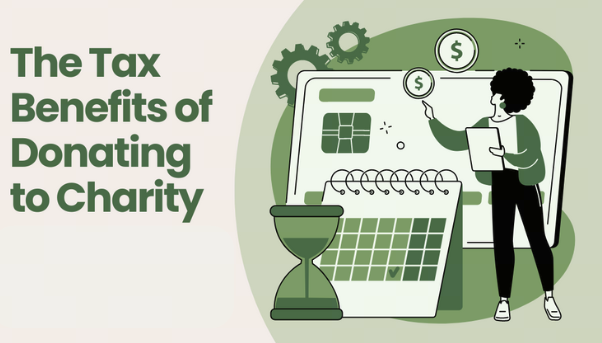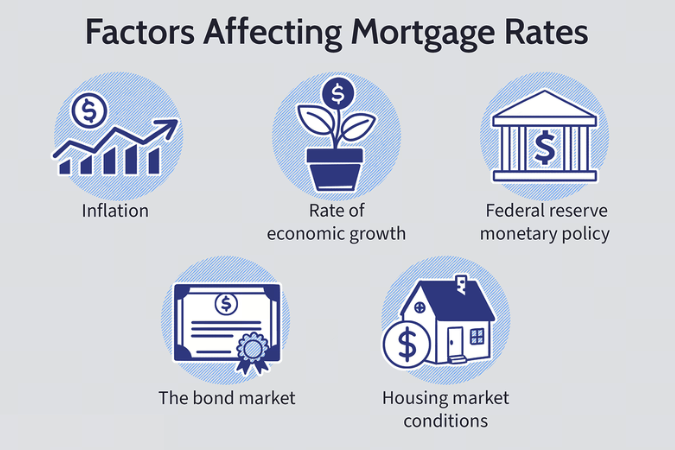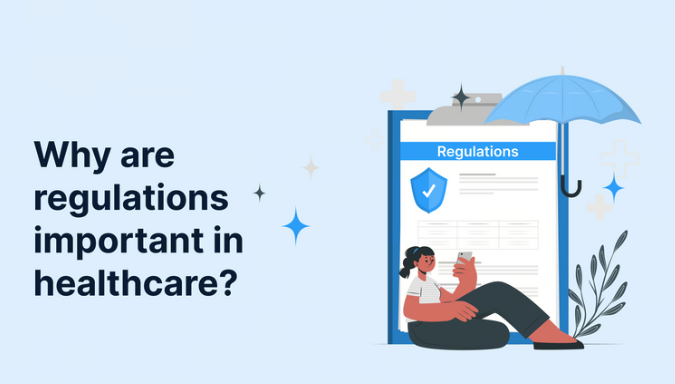
As we move towards 2025, the **impact of climate change** is becoming increasingly apparent across various industries, including roofing. The roofing sector is responding to the challenges posed by climate change with innovative materials and design strategies. This article delves into the evolving **roofing trends** in the USA, highlighting key insights and predictions for the near future.
Climate change is characterized by rising temperatures, extreme weather events, and shifting precipitation patterns. These changes have profound effects on building materials and techniques. For instance, hotter summers lead to increased demand for **energy-efficient roofing**, which helps maintain cooler indoor temperatures and reduces energy consumption.
The demand for sustainable and resilient roofing materials is on the rise. As homeowners and builders become more eco-conscious, materials such as **cool roofs**, **green roofs**, and **solar shingles** are gaining popularity. Cool roofs reflect more sunlight and absorb less heat, leading to lower energy costs and mitigating the urban heat island effect.
Green roofs, which incorporate vegetation, not only provide insulation but also help manage stormwater runoff, enhancing urban biodiversity. Solar shingles integrate photovoltaic technology directly into roofing systems, allowing homeowners to generate renewable energy while maintaining aesthetic appeal. These innovations are expected to dominate the roofing market as we approach 2025.
With energy efficiency becoming a top priority, roofing trends are shifting towards solutions that significantly reduce energy consumption. The implementation of **energy-efficient roofing** options aligns with state and federal incentives aimed at reducing carbon footprints. As energy prices continue to fluctuate, homeowners are likely to invest in roofs that contribute to long-term savings.
In 2025, we can expect an increase in the adoption of **reflective roofing materials** that help reduce heat absorption. These materials can lower air conditioning costs during hot summer months, offering both environmental and economic benefits. Additionally, the use of sustainable materials such as recycled metal and rubber is likely to grow, reflecting a broader trend towards **green building practices**.
As awareness of climate-related issues grows, regulatory frameworks governing building codes are also evolving. Local and state governments are likely to implement stricter **building codes** that require the use of sustainable materials and energy-efficient designs. By 2025, we can expect more jurisdictions to mandate the installation of cool roofs or green roofing systems in new construction and major renovations.
These regulations will push contractors and builders to adapt their methods and materials, ensuring they remain compliant while meeting the demand for environmentally friendly options. The roofing industry must stay informed about these changes to maintain competitiveness and compliance.
Technological advancements are transforming the roofing landscape. The integration of smart technology into roofing systems is becoming increasingly common. Features such as **smart ventilation systems** and **integrated sensors** can optimize energy use and improve the overall performance of roofs. These innovations not only enhance comfort but also contribute to sustainability goals.
By 2025, we can anticipate further advancements in roofing technology, including the development of self-healing materials that can automatically repair minor damage. Such innovations could extend the lifespan of roofs and reduce maintenance costs, providing long-term benefits to homeowners and builders alike.
The changing roofing trends necessitate a proactive approach from both contractors and homeowners. Roofing professionals must stay updated on the latest materials, technologies, and regulatory changes to provide informed recommendations. Homeowners, on the other hand, should prioritize **sustainable roofing options** when planning renovations or new constructions, considering long-term costs and environmental impacts.
Engaging in education and outreach will be crucial for contractors as they guide clients towards choosing **energy-efficient roofing** solutions that align with their values and budget. This collaborative approach can lead to more informed decisions and a greater collective impact on sustainability in the roofing sector.
The **impact of climate change** on roofing trends in the USA is undeniable. As we approach 2025, the industry is expected to embrace innovative materials, sustainable practices, and technological advancements that prioritize energy efficiency and resilience. By adapting to these trends, both contractors and homeowners can contribute to a more sustainable future while ensuring their roofing investments stand the test of time.
In summary, the roofing landscape is evolving in response to climate change, and understanding these changes will be essential for anyone involved in the building and construction industry. By prioritizing **eco-friendly roofing solutions**, we can mitigate the impacts of climate change while enhancing the quality and longevity of our homes.

The Impact of COVID-19 on Life Insurance Trends in the USA for 2025

The Impact of Tax Deductions on Donation Trends in the USA: A 2025 Perspective
Top Roofing Companies in the USA: Trends and Innovations to Watch in 2025
The Impact of Dental Insurance on Oral Health: Insights for 2025
The Cost of Roofing in 2025: What to Expect from American Roofing Companies

The Impact of Remote Work on Cloud Web Security: 2025 Trends and Solutions

Impact of Economic Changes on Mortgage Loans in the USA: What to Expect in 2025

The Impact of Legislation on Health Insurance Plans in the USA 2025: What to Expect